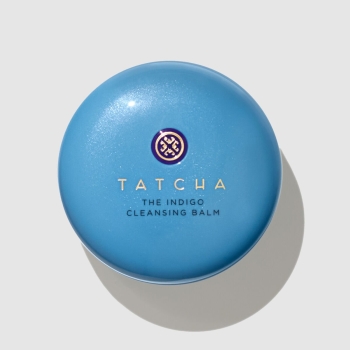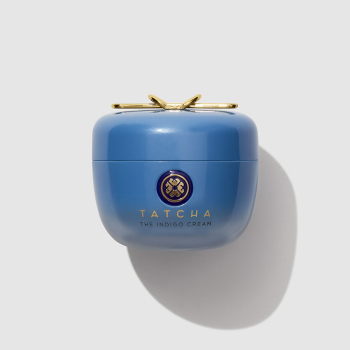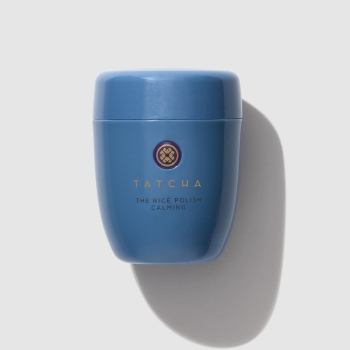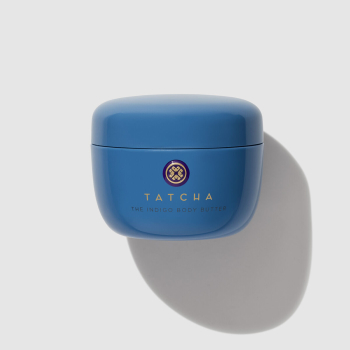Japanese Indigo
How does japanese indigo benefit your skin?
.jpg)
Benefits
Calming, Dryness, Even Tone
About
At Tatcha, we treasure the backstory and artisans of Japanese indigo skincare. We are so inspired by the Japanese indigo extract for skin that we harnessed the powers (and name) of the therapeutic ingredient into our treasured Calming Collection. The Indigo Cream is a multitasking, fragrance-free moisturizer that delivers therapeutic relief and long-lasting hydration. It’s even been awarded the prestigious and rarefied National Eczema Association Seal of Acceptance. For a hydrating experience, try the Indigo Overnight Repair for healthier-looking and more calm skin when you awake. Calm the body with our Indigo Soothing Body Butter, which features indigo, squalene, and colloidal oatmeal to heal and hydrate. And for hands, grab the Indigo Soothing Hand Cream, which is a concentrated dose of indigo, silk extracts, and squalane for a restorative, softening treatment.
“ The plant is prized for its anti-inflammatory and antibacterial benefits, providing long-lasting relief, especially for those with sensitive skin.
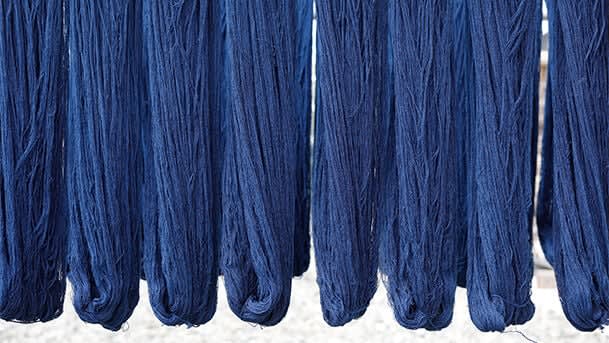
Science
While you may be more familiar with its many aesthetic uses, indigo has just as many impressive medicinal purposes. The plant is prized for its anti-inflammatory and antibacterial benefits, providing long-lasting relief, especially for those with sensitive skin. Indigo dye is an ancient pigment, created through the process of turning leaves from the Indigofera plant into powder, boiling the powder down into a rich liquid, and then fermenting the dye until it reaches its distinctive hue. Indigo’s active ingredients help provide incredibly impressive relief: Tryptanthrin is a nitrogen-rich compound known to help flush away toxins and irritants, while Indirubin supports the skin’s natural barrier function.
History
The dye’s historic past, process, and multipurpose uses are just as fascinating as the wondrous blue shade itself. Indigo dye has been used for thousands of years, spanning numerous continents, cultures, and methods. From ancient Mesopotamia to Peru to West Africa, indigo has a beautiful and expansive heritage. The birthplace of indigo is India, where the natural dye was commonly dried into cakes for easy trade and transport. During the Edo period in Japan, Samurais wore a layer of indigo-dyed cotton beneath their armor to help heal injuries. The rich dye was also used for traditional firefighter uniforms to protect against burns, and presented to newborns in the form of an indigo-dyed blanket — a testament to its protective qualities. The shade is so synonymous with the country that the Japan National Football team has embraced the history of the distinctive hue, thanks to their nickname “Japan Blue”.
Provenance
Each Indigofera plant develops its own shade of color, with every variety vastly different from one another. For example, the Japanese indigo plants native to Okinawa, known as Ryukyu-ai, are unique from other varieties of indigo because they yield a gentler, softer blue. According to local folklore, the Ryukyu-ai leaf is beloved not only for its beautiful blue but also for its ability to ward off snakes and insects.
Did You Know?
Even though you may know indigo as a richly blue color, indigo dye is first green and gradually turns blue when it comes in contact with air. Each batch is wholly unique, providing a transformation of green to blue that still remains a captivating mystery. Unlike synthetic pigments or dyes, plant-based indigo dyeing uses indigo leaves that are harvested in the late summer months. The plants undergo a fermentation process in large vats, bubbling up and appearing to breathe. Bubbles on the surface indicate good-quality indigo, which is why many artisans say that their indigo is alive.

